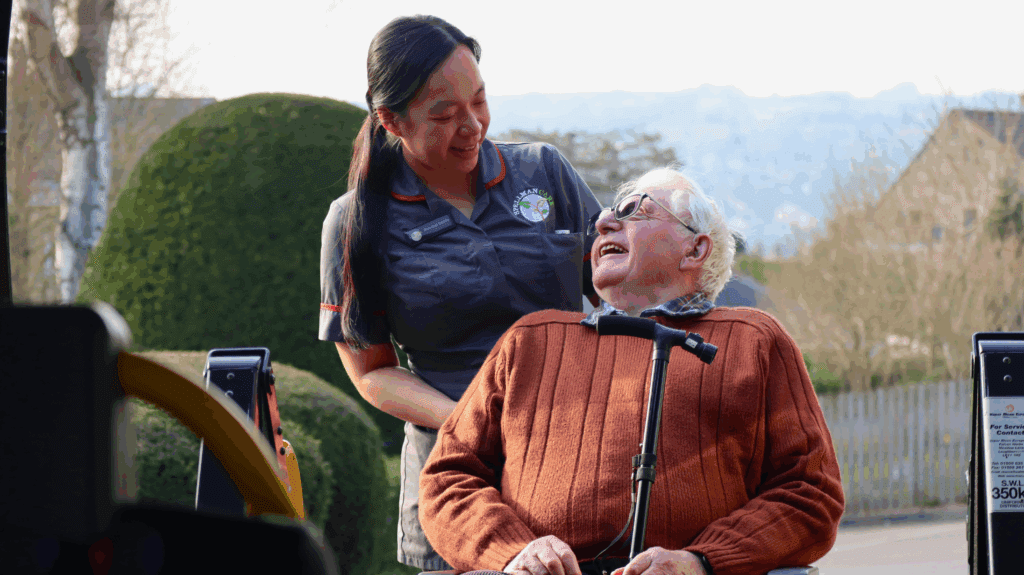
A stroke is a serious medical emergency that occurs when the blood supply to part of the brain is interrupted or severely reduced, depriving brain tissue of oxygen and nutrients. Within minutes, brain cells begin to die, leading to potential long-term disability or even death. Recognizing the signs and acting quickly are crucial in minimizing the damage and improving the chances of recovery.
The Two Main Types of Stroke:
There are two primary types of stroke:
- Ischemic Stroke (Blockage): This is the most common type, accounting for around 80% of all strokes. It happens when a blood vessel supplying the brain becomes narrowed or blocked, typically by a blood clot (thrombus or embolus). This blockage prevents oxygen-rich blood from reaching the affected brain area.
- Hemorrhagic Stroke (Bleeding): This type occurs when a blood vessel in the brain ruptures and bleeds into the surrounding brain tissue. The bleeding can be caused by factors such as high blood pressure, aneurysms (weakened blood vessel walls), or arteriovenous malformations (abnormal connections between arteries and veins).
Why is Blood Supply So Critical?
The brain is the control center of the body, responsible for everything from movement and speech to thoughts and emotions. It relies on a constant supply of oxygen and nutrients delivered through the bloodstream to function properly. When this supply is disrupted, even for a short period, brain cells can become damaged or die. The effects of a stroke depend on the location and extent of the brain damage.
Recognizing the Signs: Act F.A.S.T.
Prompt recognition of stroke symptoms is vital for seeking immediate medical attention. The acronym F.A.S.T. is an easy way to remember the key warning signs:
- F – Face Drooping: Ask the person to smile. Does one side of their face droop?
- A – Arm Weakness: Ask the person to raise both arms. Does one arm drift downward?
- S – Speech Difficulty: Ask the person to repeat a simple sentence. Do they slur their words or have trouble getting them out?
- T – Time to call emergency services (999 in the UK, 911 in the US): If you observe any of these signs, even if they disappear, call for immediate medical help. Every minute counts in stroke treatment.
What Happens After a Stroke?
The immediate aftermath of a stroke requires urgent medical intervention to try and minimize brain damage. For ischemic strokes, clot-busting drugs (thrombolytics) or surgical procedures to remove the clot may be administered if given within a specific time window. For hemorrhagic strokes, treatment focuses on controlling the bleeding and reducing pressure on the brain.
Following the initial medical treatment, rehabilitation plays a crucial role in helping survivors regain lost functions. This can involve physical therapy, occupational therapy, speech therapy, and psychological support. The recovery process is often long and challenging, but with dedicated effort and support, many individuals can make significant progress.
The Importance of Awareness:
Understanding what a stroke is, recognizing its warning signs, and knowing the importance of immediate action can save lives and reduce the long-term impact of this devastating condition. If you suspect someone is having a stroke, don’t hesitate – act F.A.S.T. and call for emergency help immediately.

